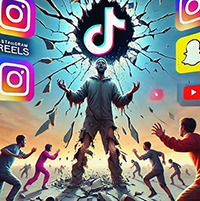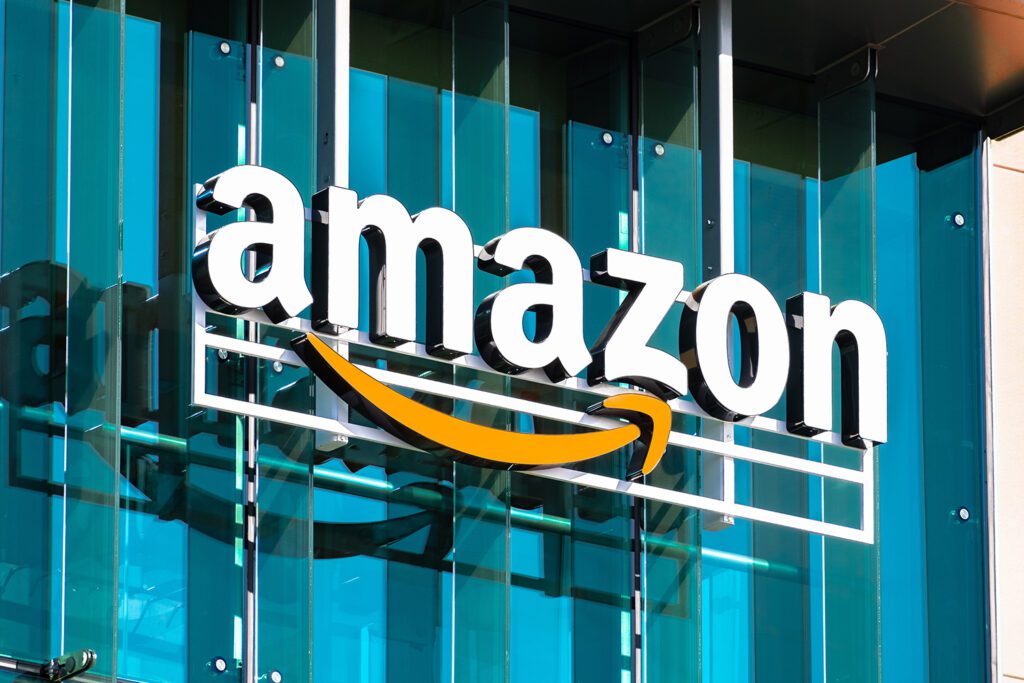The most popular marketing tactics on the Internet are very familiar to promotion pros.
This ain’t the Wild West anymore.
Since the Internet first suited up Madison Avenue-style two years ago, its audience has become the mainstream and online components to marketing campaigns the norm. These days, online and offline marketers are reevaluating the hype versus reality of Web performance after many a shake-up – and shake-out – at dot-com companies.
Marketers are sticking more closely to budget, choosing their agencies more carefully, and making sure an online promo fits the overall marketing strategy.
“We get calls from marketers who say, `We have X dollars, and we want to do an online promotion,'” says John Zamoiski, president of Vertical Mix Marketing, New York City. “[Companies are realizing] they now have to be very smart, and not just throw money around.”
Ironically, most online promos use traditional tactics, which often generate better results. Fully 64 percent of marketers offer price cuts and coupons online, according to Forrester Research, Cambridge, MA. The research firm polled 45 marketers in several product categories for its Promotion Commotion study, released in May.
While two-thirds of marketers use online discounts, only 11 percent called them the most effective program, partly because using price cuts to drive traffic trains consumers to expect constant discounts.
Sixty percent give away free merchandise, a tactic that 31 percent called “most effective.” Fifty-three percent run sweeps (voted “most effective” by 20 percent of respondents). Thirty-six percent offer free shipping (16 percent call it “most effective”), Forrester reports.
READY, AIM, TARGET
Not surprisingly, the survey pegged targeting as the most important element of any online promotion. Shoppers can easily search inventory and compare prices, and browsers are more predisposed to buy right now than TV viewers. Tight targeting levels the playing field for smaller brands, too.
“A marketer with wide appeal doesn’t necessarily generate higher sales than a marketer with a targeted one-percent appeal,” says David Rochon, president-ceo of Supermarkets Online, a division of Catalina Marketing, St. Petersburg, FL.
Some traditional promotion tactics don’t fly as well online, the survey found. Twenty-four percent of marketers use external points programs, but only two percent say it’s their most effective response-generator. Twenty percent use referral programs, but none called it most effective. Gift certificates are used by 20 percent (two percent say they’re most effective), while internal points programs are offered by 11 percent of respondents and lauded by none. Contests were used by 11 percent and rated effective by four percent, while rebates were used by seven percent and chosen most effective by two percent.
E-mail was the most popular delivery tool, used by 83 percent of respondents and earning a 4.4 on a scale of 5 for efficiency. On-site offers, used by 71 percent of respondents, drew a 3.8 rating. Media banners, used by a mere 14 percent, rated 2.8 for efficiency.
Here’s a closer look at four tactics marketers have embraced online:
Coupons: Brands place them, consumers embrace them. Distribution is up, but marketers still worry about security, since online coupons are more susceptible to abuse than other tactics. With the right equipment, counterfeiters can make a 30-cent coupon worth $3. “Even if you say the coupon is trackable, there’s still no way to stop counterfeiting,” says Rochon, whose Supermarkets Online distributes coupons to 1.2 million consumers a week. That site circumvents fraud by printing coupons in-store, not via shoppers’ computer printers.
Shoppers enter their ZIP code at the site, select offers, then print out a bar-coded shopping list. At checkout, the bar code is scanned and discounts are automatically applied via Catalina’s Checkout Coupon system.
Competitor Valassis Communications, Livonia, MI, uses proprietary coding called Aztec to heighten security and targeting for its home-printable coupon service. The code can carry up to 200 pieces of information to help retailers track which households respond to offers, and when they do it. Aztec trials in 1999 tested without fraud, but the system is susceptible. A printing error in Valassis’s May 7 online coupon specials turned a 50-cent offer from CyberGold into a $50 windfall. (The company quickly posted a correction online.)
Sweepstakes: Many CPGs using the Web mostly as an entry alternative for sweeps are realizing that the channel is more effective than they thought.
Columbia TriStar gains more entries online than off. “We typically see 90 percent of our response coming from online and 10 percent from offline,” says Audrey Marco, director of marketing alliances for the Culver City, CA, studio.
A recent sweeps for Pamela Anderson’s TV show, V.I.P., included tear-off entry forms in Sports Illustrated, and still 90 percent of entries came in via the Web. “This is the best medium to create a successful one-to-one relationship,” says Marco. But she disagrees with peers who say that an online sweepstakes is significantly cheaper than offline counterparts. “The biggest expense is always the prize, and that doesn’t change whether you’re conducting a sweepstakes on the Internet or not,” says Marco.
Points Programs: Consumers earn points by reading marketing messages, then redeem them for goods and services. MyPoints.com, San Francisco, launched in 1996 as a customer loyalty retention program. “The end result is a direct-marketing drive,” says senior vp-marketing Steve Parker. “The Web is better for that than [it is for] branding. [But] in a few years when broadband is everywhere, we might rethink that premise.”
MyPoints.com’s eight million members are a built-in audience for direct-marketing campaigns that beat direct mail.
“It goes back to the mantra of `better, faster, cheaper,” says Parker. “The average cost to send out a direct-mail piece is $1. For us to send out an e-mail costs 29 cents. Our turnaround is faster, we usually get a response within 48 hours rather than a week, and we get a response rate well above the five- to-15-percent average.”
Brands participating in MyPoints.com’s program include Barnes & Noble, Macy’s, JCPenney, Sprint, and Red Lobster.
“Consumers who make active decisions to participate are much more responsive to offers,” says Parker. “We used to give consumers the choice of an opt-in or opt-out feature [which didn’t base ads on a participant’s interests], but we dropped the opt-out in a hurry. Marketers have to be careful their message is not perceived as spam – that’s the kiss of death.”
“Our database demographics look like the traditional coupon lady,” Parker adds. “For some people, that [figurative] 35-cents off is financially important. For others, it’s the emotional satisfaction of knowing how to use the system to save money and provide for the family.”
Games and Contests: The right game can drive traffic, build brand equity, and retain customer interest. In the past, Web games and contests were launched as online-only efforts, but in the last year many brands have begun to take their national offline games and give them hearty online components.
Last year, Fort Lauderdale, FL-based Sports Authority handed out gamepieces in-store that sent shoppers to sportsauthority.com, where they held up the pieces to their screen to see if they’d won. Microsoft Corp., Redmond, WA, ran a campaign that automatically entered consumers into a contest when they downloaded its software.
Games and contests also give marketers a low-cost way to gather information. Customer information can be collected straight from the entries. Bottom line: “There are a lot of efficiencies with the Web,” says Marc Wortsman, Marden Kane’s executive-vp, new media group.
Online promotions are rarely an either/or proposition, but a combination of strategies. Three years ago, LifeSavers Co. made a splash with the launch of candystand.com, a site on which games and sweeps are used to subtly promote Lifesavers and other Nabisco brands such as Gummi Savers and Care*Free. “We run a bevy of sweepstakes to keep people coming back,” says LifeSavers senior manager of new media Silvio Bonvini. “Our online efforts have seen explosive growth. We’re serving 13 million to 15 million page views per week. And when you consider the expense, it comes out to less than one percent of the total advertising budget.”
While the Web often remains a complement to a traditional promotion, it’s beginning to creep to the forefront. “We can’t draw a correlation to online promotions and sales, but someday we will,” adds Bonvini. “Our Web site used to be an afterthought, but now it drives some of our offline promotions.”
Stay tuned as others catch up.
 Network
Network

